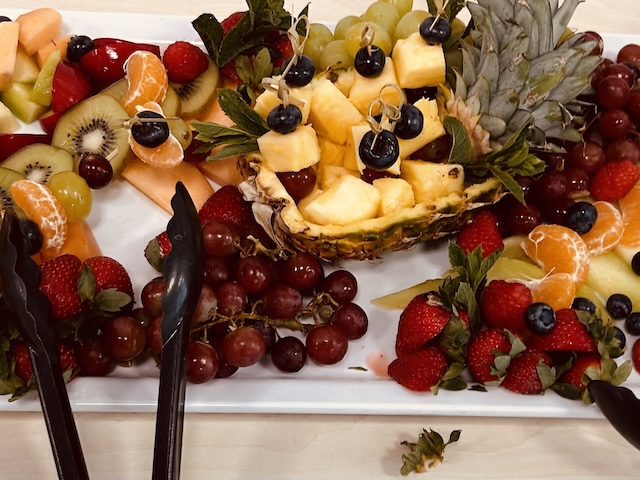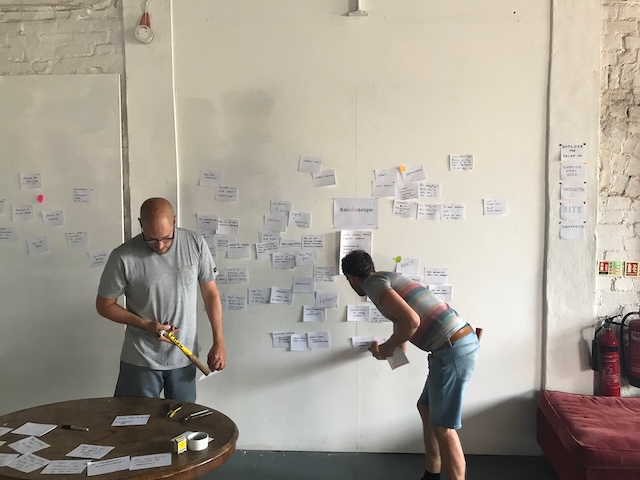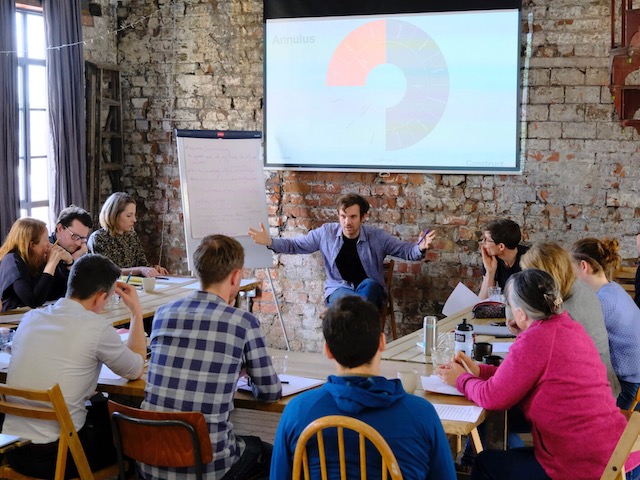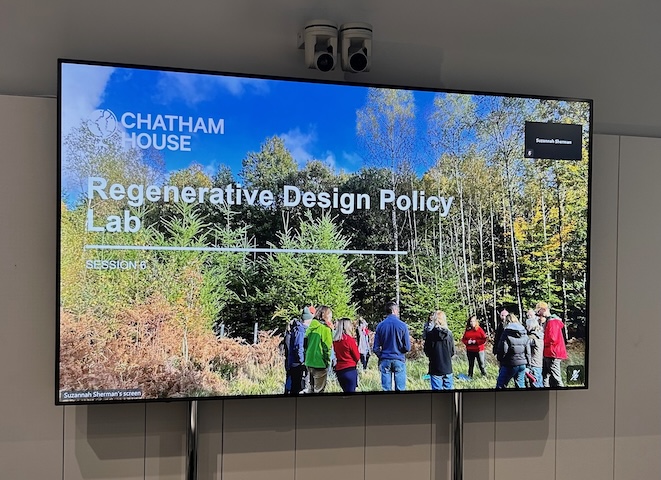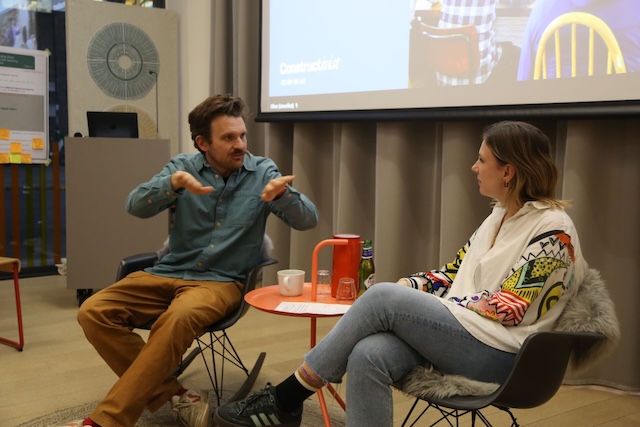Today my grandfather, Peter Cartwright, would have been 100 years old. He was a research chemist, but I always saw him as a Renaissance man, showing talents for a wide range of pursuits- creative, scientific, crafts, adventuring and telling a good yarn.
I have a lot to thank him for. But today this shines out. When I was about six or seven, I told him I wanted to be an architect. He showed me how to draw a building in cross-section and plan views. This blew mind. For the next few years I would spend my spare time imaging and drawing building layouts, laying the groundwork for career decisions I made much later.
He died when I was twenty, and he never knew that I went into engineering. I keep a photo of him on my desk, that way he can still see the projects I’m working on that I know would have fascinated him.
Happy birthday Gramps.

